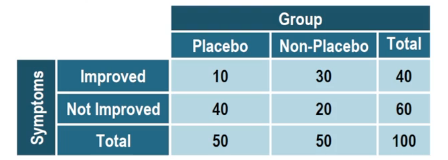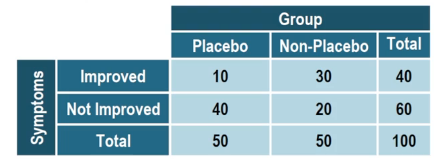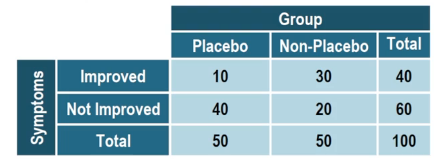When analyzing data involving two categorical variables, contingency tables serve as a valuable tool to display frequencies. These tables allow us to explore relationships between variables, such as whether a student drives a car and their grade level. Each cell in the table represents the frequency of responses that fit both categories, making it easy to visualize the data.
To interpret a contingency table, identify the row and column corresponding to the variables of interest. For instance, if a cell shows the number 30 in the junior row and the no column, it indicates that 30 juniors do not drive a car. Additionally, contingency tables often include total rows and columns, which summarize the counts for each category, helping to understand the overall distribution of responses.
Understanding probabilities within this context involves three key types: marginal, joint, and conditional probabilities. Marginal probability refers to the likelihood of a single category occurring, calculated by dividing the total of that category by the grand total. For example, if 60 out of 100 students drive a car, the marginal probability of driving a car is:
\[ P(\text{drives a car}) = \frac{60}{100} = 0.6 \]
Joint probability, on the other hand, assesses the likelihood of two events occurring simultaneously. This is determined by taking the frequency from the relevant cell and dividing it by the grand total. For instance, if 40 seniors drive a car, the joint probability is:
\[ P(\text{senior and drives a car}) = \frac{40}{100} = 0.4 \]
Conditional probability evaluates the likelihood of one event occurring given that another event has already happened. This is calculated by taking the frequency from the relevant cell and dividing it by the total of the row or column that corresponds to the known event. For example, to find the probability that a student drives a car given they are a senior, you would use the frequency of seniors who drive a car (40) and divide it by the total number of seniors (50):
\[ P(\text{drives a car | senior}) = \frac{40}{50} = 0.8 \]
Recognizing the differences between these probabilities is crucial for accurately interpreting data. Marginal probability focuses on one category, joint probability looks at the intersection of two events, and conditional probability considers the likelihood of an event based on a known condition. Mastering these concepts will enhance your ability to analyze and draw conclusions from categorical data effectively.





